
On April 20, 2018, residents of the Windsor area may have heard a rumble or felt unusual motion.
The initial assumptions on the source of the noise and motion were somewhat amusing before word spread that a magnitude 3.6 (Mw) earthquake had occurred. Most Canadians wouldn’t list earthquakes as a notable concern in their lives; however, contrary to popular belief, large areas of Canada are at significant risk due to seismic hazards.
In fact, some of the most highly densely populated areas of Canada (e.g. the west coast and the east coast along the St. Lawrence River) can and have experienced large earthquake events. A repeat of historical earthquake events in these areas could incur more than $60 billion in damage, and that’s not even the worst-case scenario!
From a structural engineering perspective, the primary objective is to protect life safety. The traditional approach to designing a structure for earthquakes anticipates and accepts that damage will occur. It is simply not feasible to design a conventional structure to withstand significant ground motions without damage. Alternatively, the structure is designed to be ductile and the damage is utilized as an energy dissipation mechanism. The major shortcoming with this approach is that often the damage is so severe that it is impractical to repair the structure and it must be demolished and rebuilt.
— Published on Jan 5th, 2021

A UWindsor engineering student has been invited to deliver a TED-Ed talk about her experience fleeing a war-torn country and starting a new life in Canada.
Staecey-Merveille Ngabire, a second-year civil engineering student, will join 12 students from across the globe Nov. 17 on the TED headquarters stage in New York City for the TED-Ed Student Talks. As part of TED-Ed Weekend, the full-day event invites students to share their ideas on a global stage.
Ngabire fled conflict in the east African nation of Burundi and moved to Ontario with her family when she was eight years old.
— Published on Nov 21st, 2018
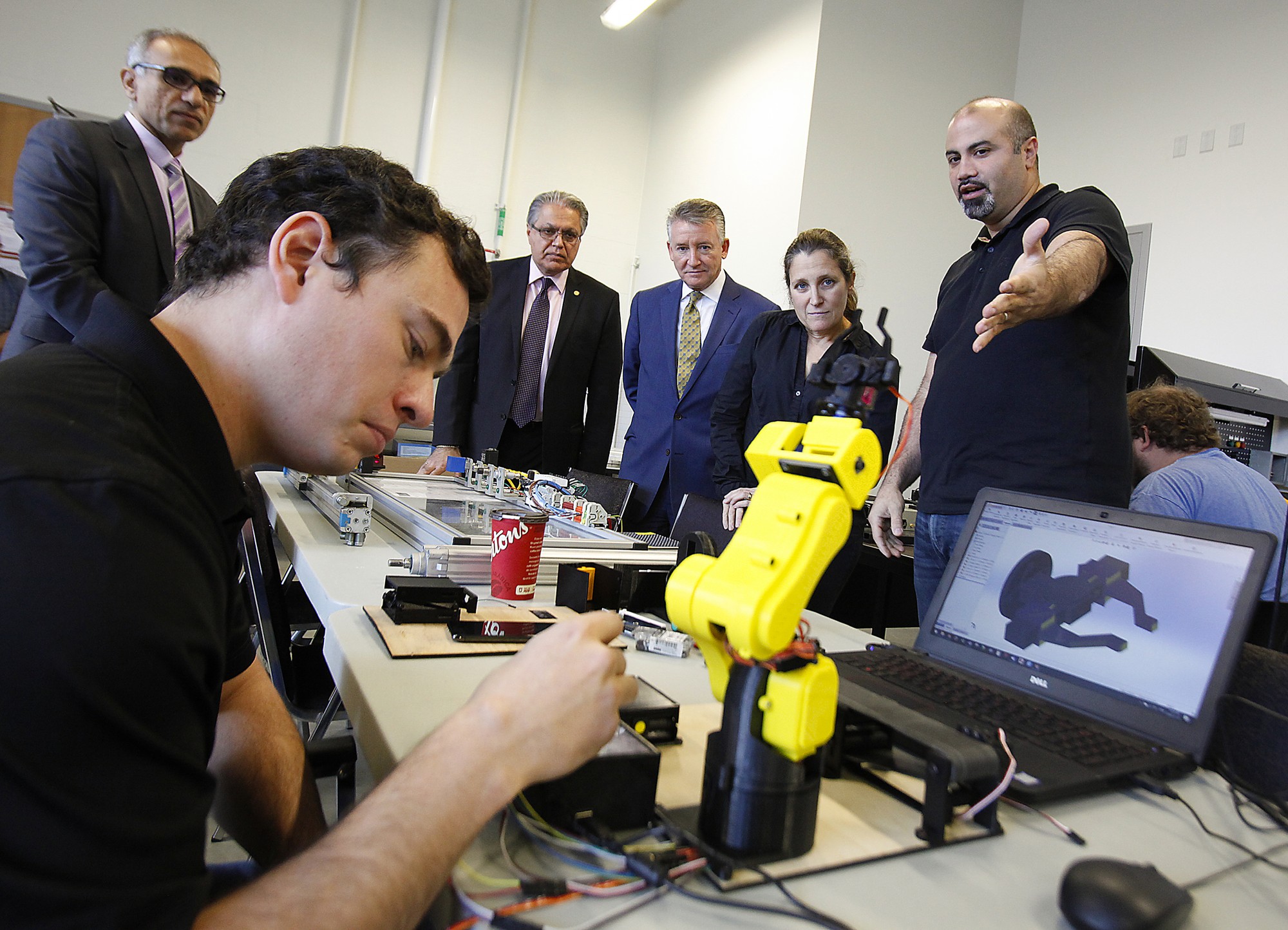
The Canadian Minister of Foreign Affairs met with engineering students and faculty Tuesday to learn about industrial automation and manufacturing innovations taking place at the University.
Chrystia Freeland visited the Ed Lumley Centre for Engineering Innovation to meet with faculty and students who specialize in mechatronics, 3D printing, metal forming, and electric vehicles.
Mohammad Anvaripour, a PhD candidate in electrical and computer engineering, showed Freeland how he is developing complex systems to prevent collisions and improve collaboration between humans and robots in automated workplaces, such as an automotive assembly plant.
Doctoral candidate Hamed Kalami presented a cost-effective, 3D-printable hand brace he designed to assist people with connective tissue disorders.
— Published on Nov 21st, 2018
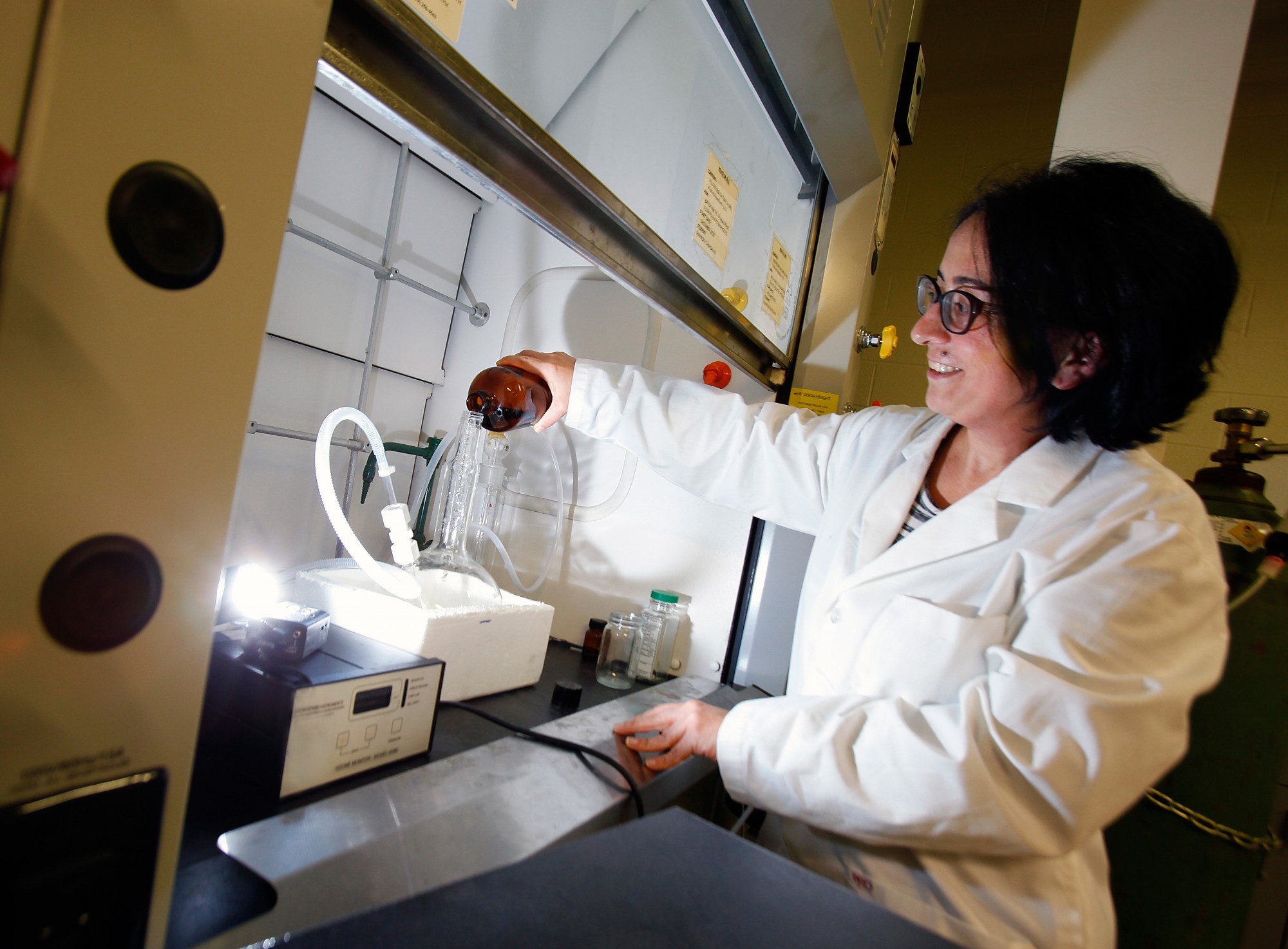
A project led by UWindsor researchers aims to provide local municipalities with a solution to toxic algae that wreak havoc on drinking water quality and wildlife.
Researchers in the environmental engineering department are examining the use of advanced water treatment options to remove cyanotoxins that have the potential to contaminate local drinking water sources as a result of harmful algal blooms(HABs). The blooms are largely caused by nutrients from farming activities, runoff from municipal wastewater systems and warm water temperatures.
“The issue of cyanotoxins produced by harmful algal blooms are now regularly being reported in many parts of Canada, including Lake Erie,” says Dr. Merih Uslu, a postdoctoral fellow working on the project under the supervision of Dr. Nihar Biswas, Dr. Saad Jasim and Dr. Rajesh Seth, of the Civil and Environmental Engineering Department.
— Published on Jan 5th, 2021
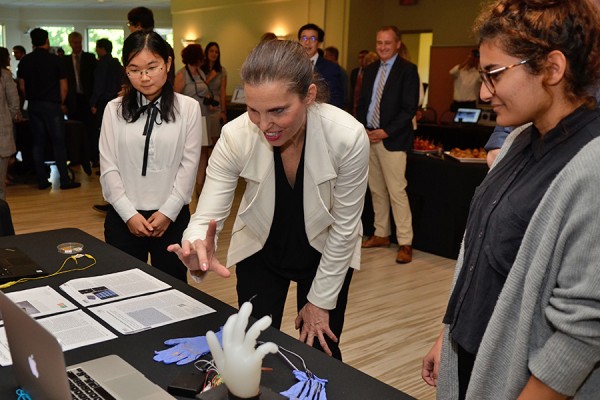
UWindsor researchers and students will share more than $6 million of more than $558 million in Discovery research funding announced Tuesday by Kirsty Duncan, federal minister of science and sport.
Duncan visited the University of Windsor campus to announce the funding as part of the government’s plan to attract global talent, promote diversity, and provide nearly 4,300 researchers and students across Canada with the means to pursue world-leading discovery work.
UWindsor interim president Douglas Kneale said the announcement provides a major boost to the advancement of science and engineering.
“Whether one’s area of research is a singular endeavour or a team effort, whether it’s curiosity-driven or hands-on applied, this investment in researchers at the University of Windsor and elsewhere will pave the way to untold discoveries,” he said.
UWindsor boasts nearly 30 Discovery Grants recipients focused on research in such areas as advanced manufacturing and ecology.
— Published on Jan 5th, 2021

UWindsor students got a first-hand look last week at the challenges engineers face when working on heritage projects.
Visual Arts and the Built Environment professor Jason Grossi and sessional instructor William Tape led 48 fourth-year civil and environmental engineering students through the site of the future Windsor Public Library branch in historic Sandwich last Friday.
Grossi said the new library holds many lessons for students.
“The new library is really the unification of two historic structures connected by a contemporary addition,” he said. “The completed complex will rise from the historic fire hall at the front of the property and connect to the middle 19th-century stables at the back that pre-date the 1921-built fire hall.”
Grossi said connecting the two structures took a lot of careful design and “a little bit of whimsy.”
— Published on Jan 5th, 2021
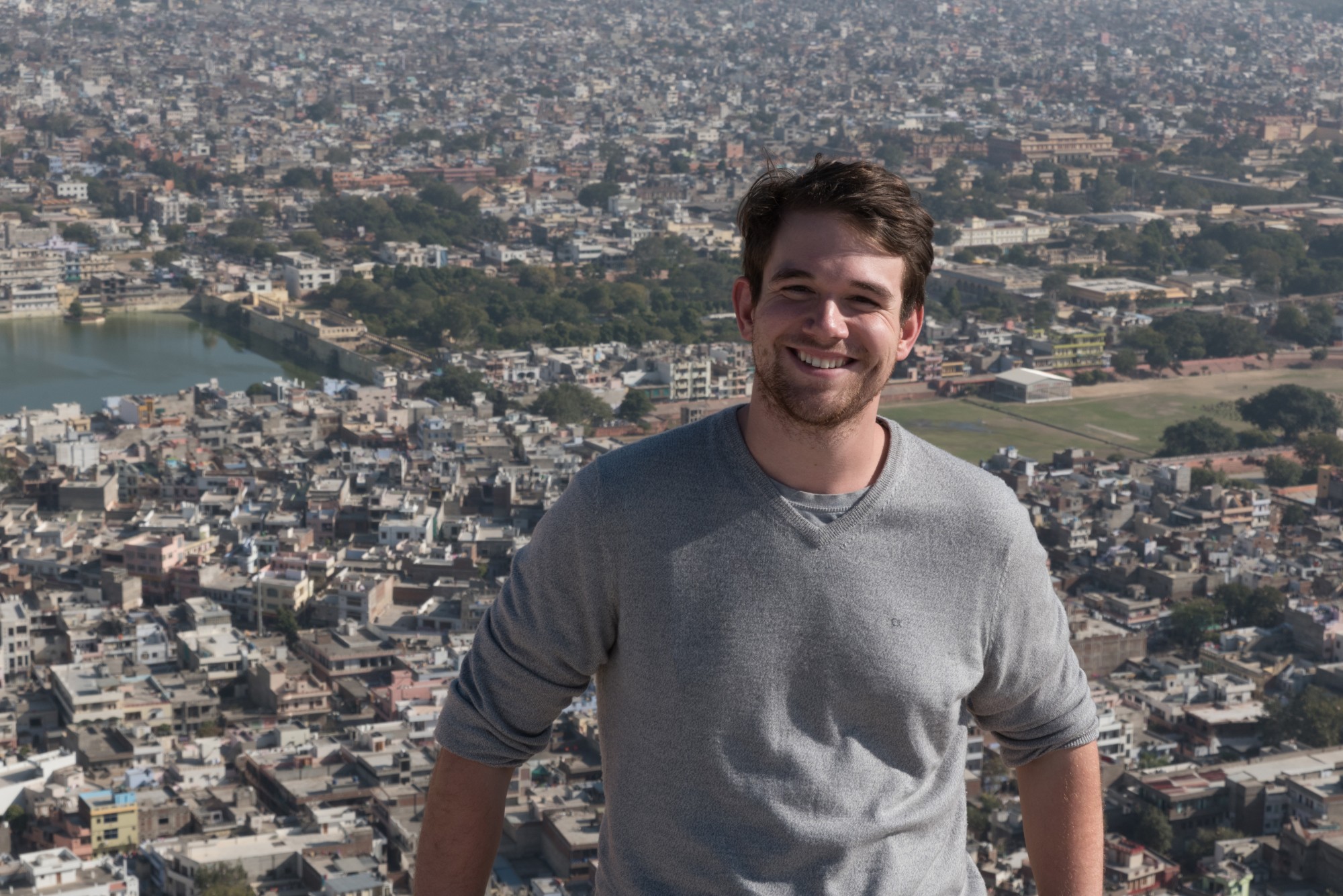 How one engineering graduate student is turning convention on its head to deliver a vital human resource – clean drinking water.
How one engineering graduate student is turning convention on its head to deliver a vital human resource – clean drinking water.
Dylan Verberg is an environmental engineering graduate student from the University of Windsor who spent nearly five months in the Indian capital, Delhi, contributing to an international research project funded by the India-Canada Centre for Innovative Multidisciplinary Partnerships to accelerate community transformation and sustainability (IC-impacts).
Growing up on a farm, Dylan’s experience with small construction projects has proved invaluable in his current challenge – deploying equipment in the New Delhi, India drainage pond in an attempt to improve the quality of a water system that serves as a lifeline for nearly 60 million people.
“For this project, we needed to solve a massive issue threatening a vital human resource – clean drinking water,” Verburg said. “To do this, we had to create a paradigm shift from traditional sewage management techniques and develop a tailored approach. Using the infrastructure available and highly optimized existing technology, we have been able to demonstrate the potential of utilizing and rejuvenating a polluted water body into an active environmental wastewater treatment plant.”
— Published on Aug 1st, 2018
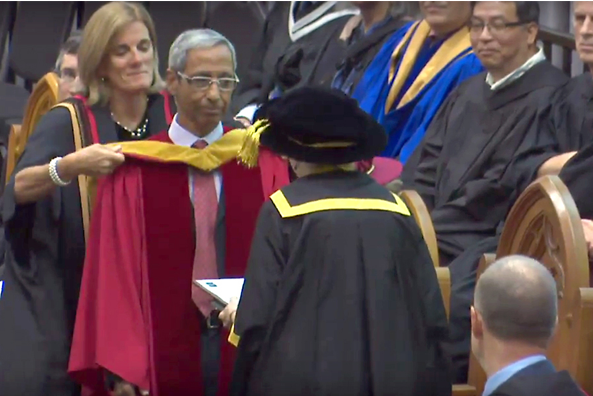
UWindsor professor Nihar Biswas received an honorary degree from the University of Guelph in recognition for his contributions to environmental engineering education and to clean water technology that has improved the lives of people worldwide.
Dr. Biswas, a former acting vice president-research, former senior associate dean of engineering, and a faculty member since 1981, told graduands at the June 12 Convocation celebration that continued access to safe clean water continues to pose a challenge in countries across the globe.
“You will of course face challenges in your work, in your life,” he said in his formal address acknowledging his honour. “Innovation could be the key to solve those challenges.”
— Published on Jun 28th, 2018
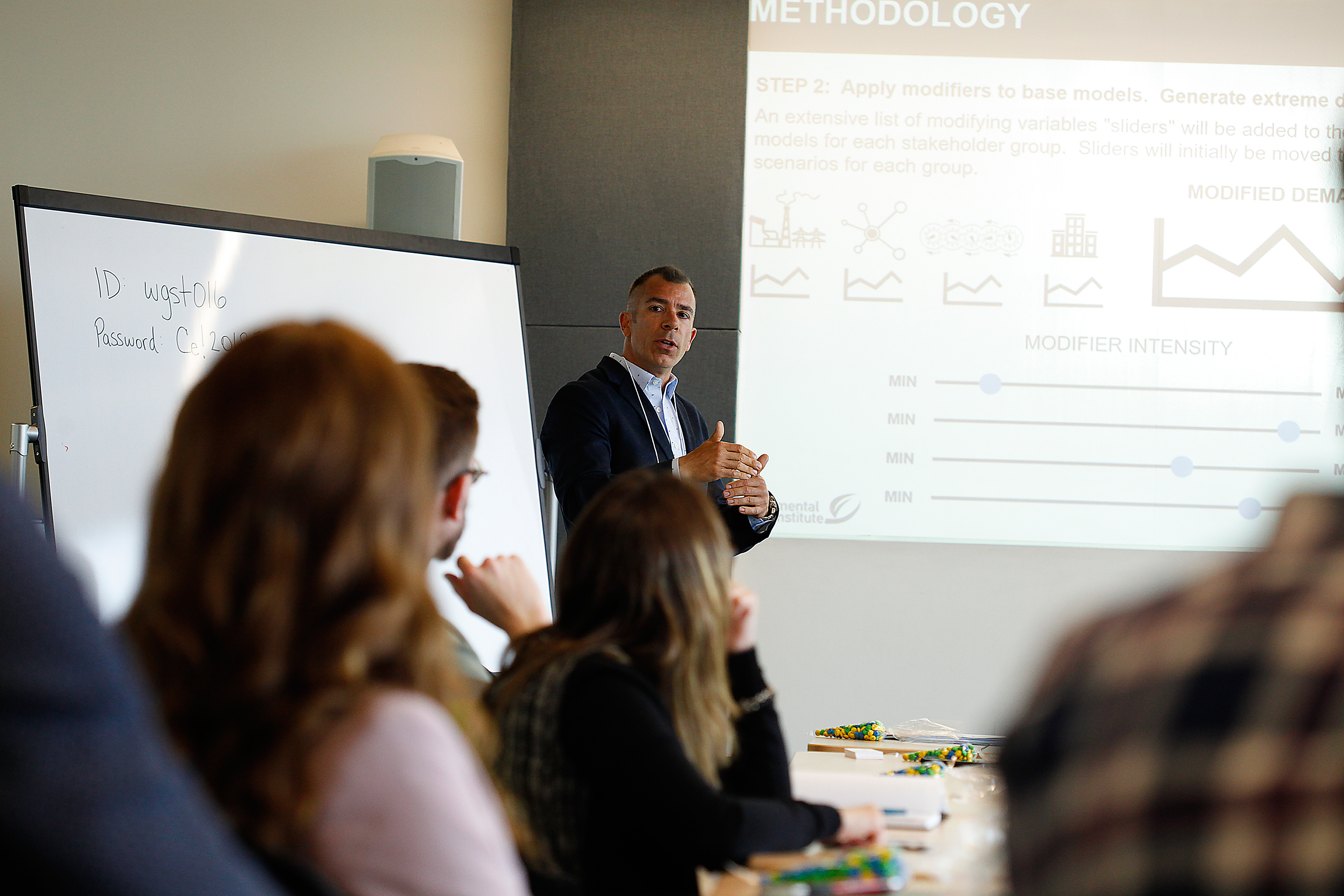
Nearly 100 local and international scientists, engineers, policy makers, industry leaders, and entrepreneurs gathered June 20 to 22 in the Ed Lumley Centre for Engineering Innovation to discuss recent advances in renewable energy generation, transmission, storage, and consumption.
The Energy and Sustainability 2018 Summit examined studies on climate change, waste and recycling, green buildings, green economy, and social sustainability and featured an electric conversion performance vehicle.
— Published on Aug 14th, 2025
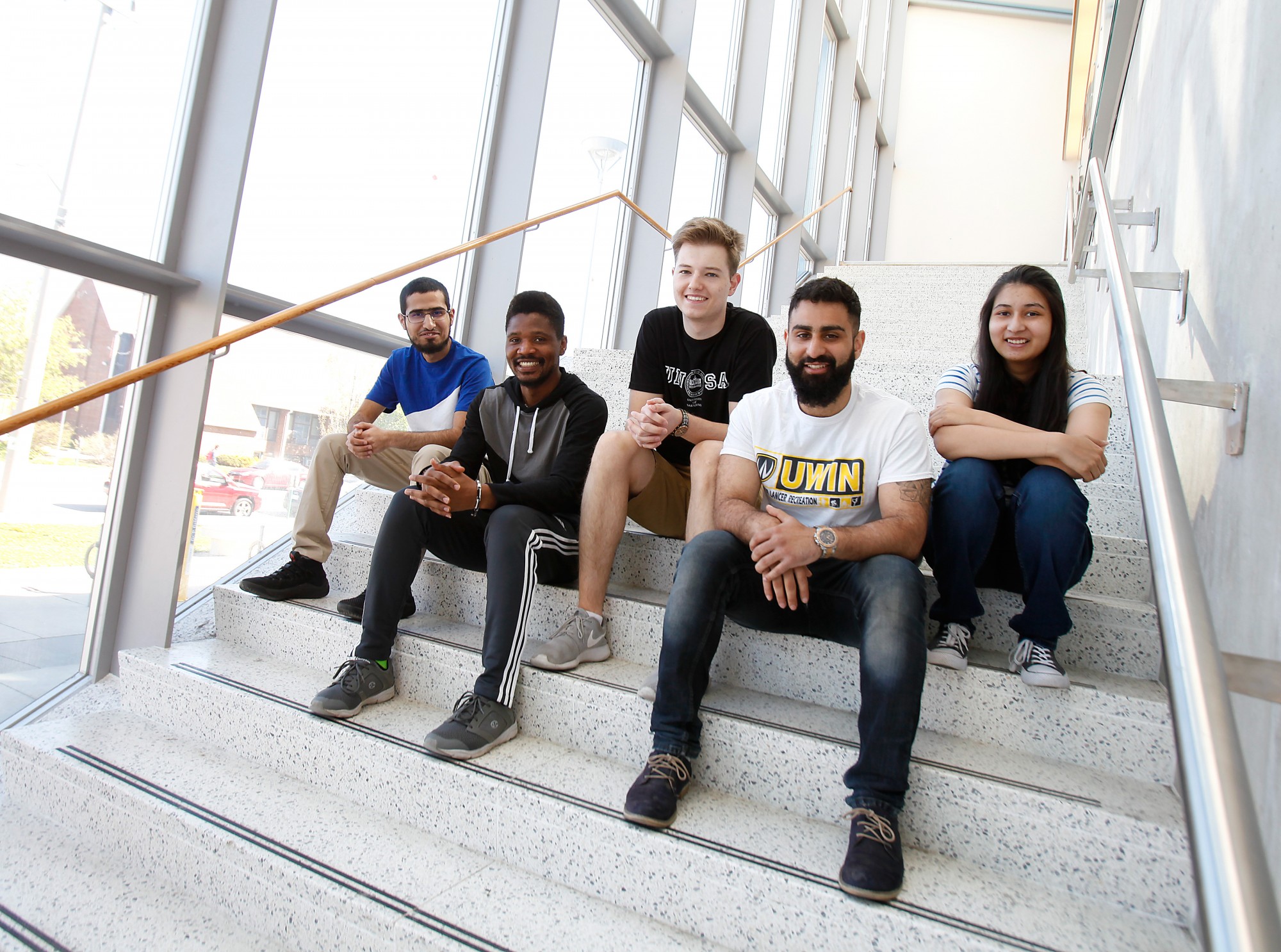
Six engineering students will spend the summer in the United Kingdom improving their research skills in water treatment and renewable energy technologies.
As part of the Canadian Queen Elizabeth (QE) II Diamond Jubilee Scholarships program, the third-year mechanical and civil engineering students will spend three months abroad collaborating on two separate projects with Aberystwyth University and the University of Surrey.
Ankit Bhat, Shreya Patki and Damir Ferhatovic, will travel to Guildford, Surrey to work with Dr. Martand Singh on a project that focuses on using concentrated solar power for sustainable water desalination — the removal of salts and minerals to produce water suitable for human consumption or irrigation.
“I find it very interesting to be working on something that will be used in our generation,” says Bhat. “Water scarcity is a major issue. If we can convert salt water to clean drinkable, potable water using sustainable energy, we can solve one of our world’s biggest problems in providing clean water around the globe.”
— Published on Sep 14th, 2021







 How one engineering graduate student is turning convention on its head to deliver a vital human resource – clean drinking water.
How one engineering graduate student is turning convention on its head to deliver a vital human resource – clean drinking water.

